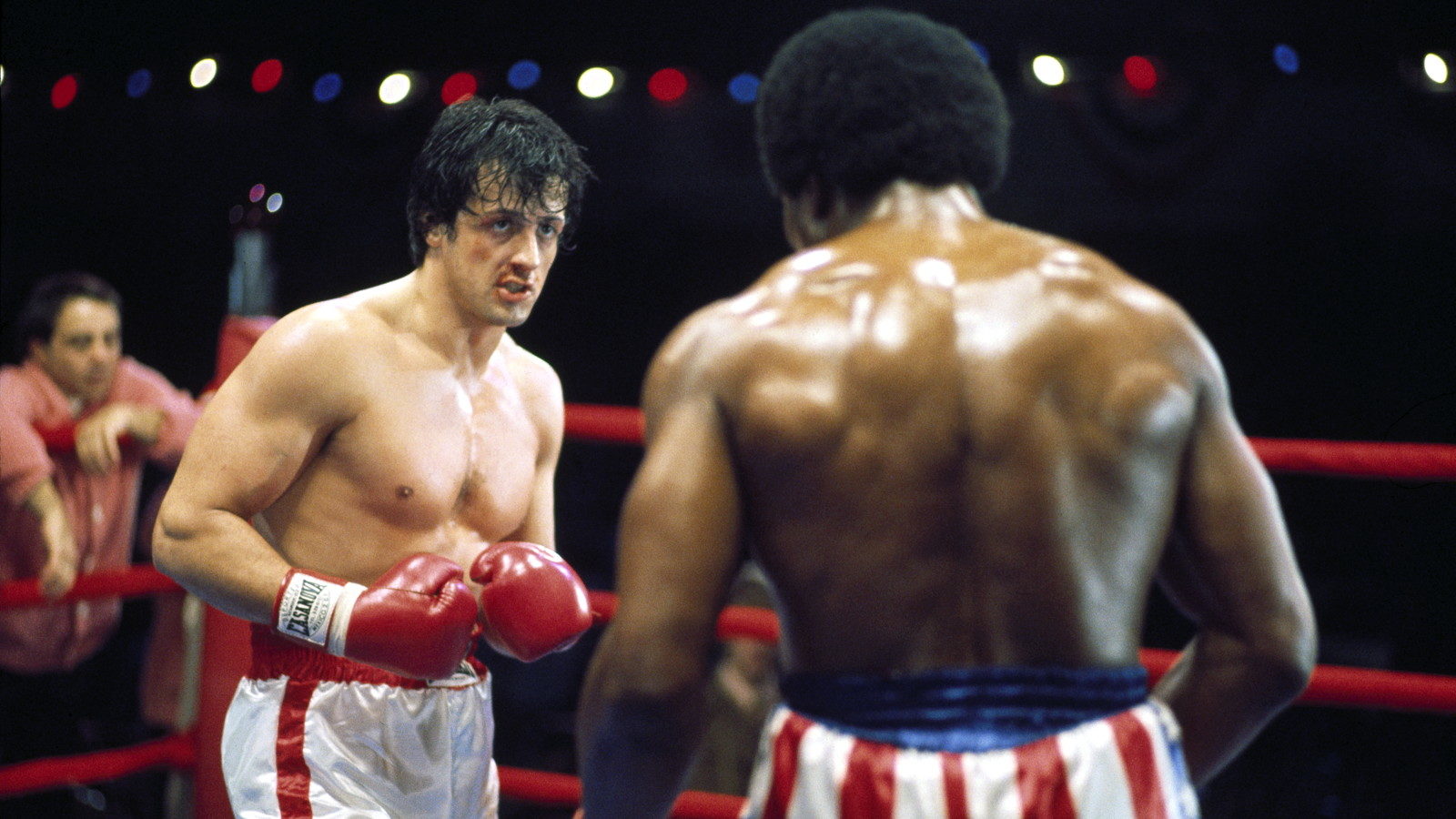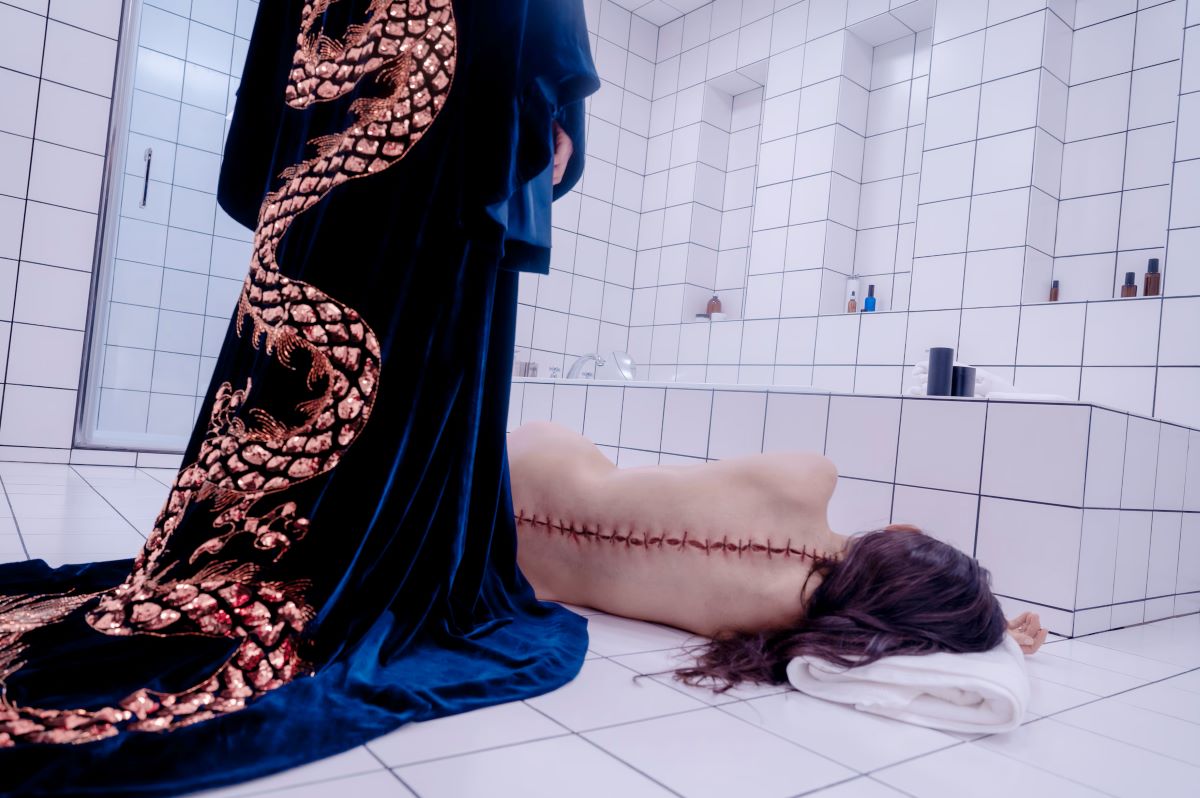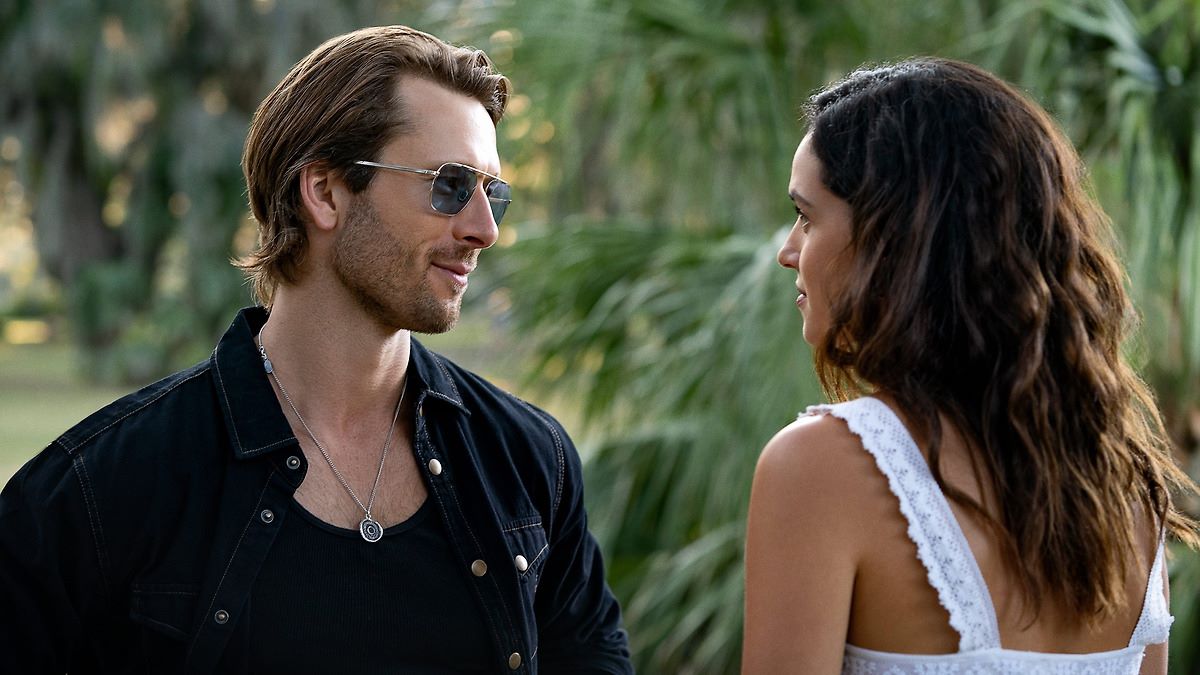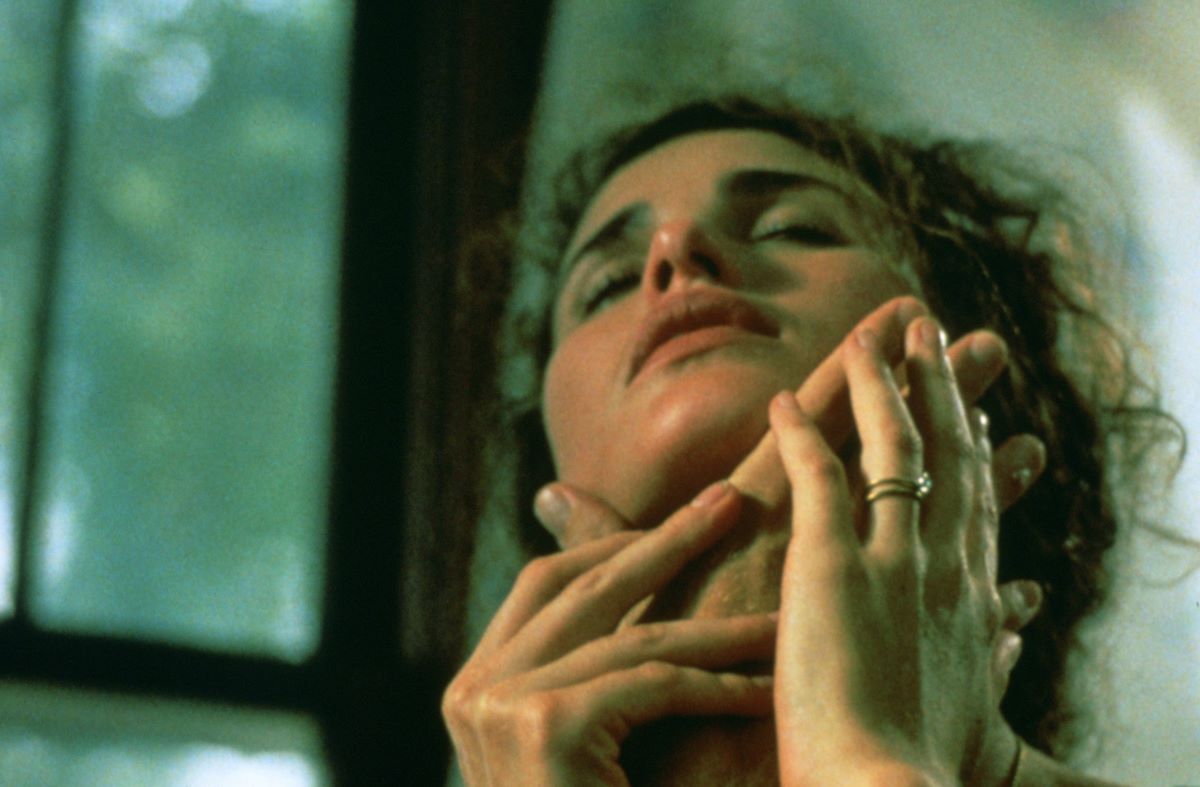Chunky and muscle-bound, Sylvester Stallone alternates between looking repulsive and noble in Rocky, a film he wrote and stars in as a thirty-year-old club fighter and strong-arm man for a loan shark. Living in a Philadelphia tenement, Rocky is given a shot at the heavyweight title by champion Apollo Creed, who picks him for the racial-sexual overtones of the contest. The film, directed by John G. Avildsen, is a patchwork of old movie bits, yet it’s emotionally effective and engaging. Stallone’s performance exudes a street-wise innocence that wins over the audience. He brings a fresh, surprising nuance to his lines, making his character both comical and tender. The supporting cast, including Talia Shire, Carl Weathers, Burt Young, and Burgess Meredith, add depth, although the film’s underlit shots and mismatched scenes reflect Avildsen’s rushed direction. Despite its flaws, “Rocky” is held together by Stallone’s ability to communicate directly with the audience, embodying the out-of-fashion pure-at-heart ideal with an undeniable charm.
* * *
by Pauline Kael
Chunky, muscle-bound Sylvester Stallone looks repulsive one moment, noble the next, and sometimes both at once. In Rocky, which he wrote and stars in, he’s a thirty-year-old club fighter who works as a strong-arm man, collecting money for a loan shark. Rocky never got anywhere, and he has nothing; he lives in a Philadelphia tenement, and even the name he fights under—the Italian Stallion—has become a joke. But the world heavyweight champion, Apollo Creed (Carl Weathers), who’s a smart black jester, like Muhammad Ali, announces that for his Bicentennial New Year’s fight he’ll give an unknown a shot at the title, and he picks the Italian Stallion for the racial-sexual overtones of the contest. This small romantic fable is about a palooka gaining his manhood; it’s Terry Malloy finally getting his chance to be somebody. Rocky is a threadbare patchwork of old-movie bits (On the Waterfront, Marty, Somebody Up There Likes Me, Capra’s Meet John Doe, and maybe even a little of Preston Sturges’ Hail the Conquering Hero), yet it’s engaging, and the naive elements are emotionally effective. John G. Avildsen’s directing is his usual strictly-from-hunger approach; he slams through a picture like a poor man’s Sidney Lumet. But a more painstaking director would have been too proud to shoot the mildewed ideas and would have tried to throw out as many as possible and to conceal the others—and would probably have wrecked the movie. Rocky is shameless, and that’s why—on a certain level—it works. What holds it together is innocence.
In his offscreen bravado, Stallone (in Italian Stallone means stallion) has claimed that he wrote the script in three and a half days, and some professional screenwriters, seeing what a ragtag of a script it is, may think that they could have done it in two and a half. But they wouldn’t have been able to believe in what they did, and it wouldn’t have got the audience cheering, the way Rocky does. The innocence that makes this picture so winning emanates from Sylvester Stallone. It’s a street-wise, flowers- blooming-in-the-garbage innocence. Stallone plays a waif, a strong-arm man who doesn’t want to hurt anybody, a loner with only his pet turtles to talk to. Yet the character doesn’t come across as maudlin. Stallone looks like a big, battered Paul McCartney. There’s bullnecked energy in him, smoldering; he has a field of force, like Brando’s. And he knows how to use his overripe, cartoon sensuality—the eyelids at half-mast, the sad brown eyes and twisted, hurt mouth. Victor Mature also had this thick sensuality, but the movies used him as if it were simple plushy handsomeness, and so he became ridiculous, until he learned—too late—to act. Stallone is aware that we see him as a hulk, and he plays against this comically and tenderly. In his deep, caveman’s voice, he gives the most surprising, sharp, fresh shadings to his lines. He’s at his funniest trying to explain to his boss why he didn’t break somebody’s thumbs, as he’d been told to; he’s even funny talking to his turtles. He pulls the whiskers off the film’s cliche situations, so that we’re constantly charmed by him, waiting for what he’ll say next. He’s like a child who never ceases to amaze us.
Stallone has the gift of direct communication with the audience. Rocky’s naive observations come from so deep inside him that they have a Lewis Carroll enchantment. His unworldliness makes him seem dumb, but we know better; we understand what he feels at every moment. Rocky is the embodiment of the out-of-fashion pure-at-heart. His macho strut belongs with the ducktails of the fifties—he’s a sagging peacock. I’m not sure how much of his archaism is thought out, how much is the accidental result of Stallone’s overdeveloped, weight lifter’s muscles combined with his simplistic beliefs, but Rocky represents the redemption of an earlier ideal—the man as rock for woman to cleave to. Talia Shire plays Adrian, a shy girl with glasses who w’orks in a pet store; she’s the Betsy Blair to Stallone’s Marty. It’s unspeakably musty, but they put it over; her delicacy (that of a button-faced Audrey Hepburn) is the right counterpoint to his primitivism. It’s clear that he’s drawn to her because she isn’t fast or rough and doesn’t make fun of him; she doesn’t make hostile wisecracks, like the other woman in the pet store, or talk dirty, like the kids in the street. We don’t groan at this, because he’s such a tortured macho nice-guy—he has failed his own high ideals. And who doesn’t have a soft spot for the teen-age aspirations congealed inside this thirty-year-old bum?
Stallone is the picture, but the performers who revolve around him are talented. Carl Weathers, a former Oakland Raiders linebacker, is a real find. His Apollo Creed has the flash and ebullience to put the fairy-tale plot in motion; when the champ arrives at the ring dressed as Uncle Sam, no one could enjoy the racial joke as much as he does. Adrian’s heavyset brother Paulie is played by Burt Young, who has been turning up in movies more and more frequently in the past three years and still gives the impression that his abilities haven’t begun to be tapped. Young, who actually was a professional fighter, has the cracked, mottled voice of someone who’s taken a lot of punishment in the sinuses; the resonance is gone. As Mickey, the ancient pug who runs a fighters’ gym, Burgess Meredith uses the harsh, racking sound of a man who’s been punched too often in the vocal cords. The director overemphasizes Meredith’s performance (much as John Schlesinger did in The Day of the Locust); Meredith would look better if we were left to discover how good he is for ourselves. I found Marty dreary, because the people in it were sapped of energy. But Stallone and Talia Shire and the others here have a restrained force; you feel that they’re being pressed down, that they’re under a lid. The only one who gets a chance to explode is Paulie, when, in a rage, he wields a baseball bat, and it’s a poor scene, out of tune. Yet the actors themselves have so much more to them than they’re using that what comes across in their performances is what’s under the lid. The actors—and this includes Joe Spinell as Gazzo, Rocky’s gangster boss—enable us to feel their reserves of intelligence; they provide tact and taste, which aren’t in long supply in an Avildsen film.
Rocky is the kind of movie in which the shots are underlighted, because the characters are poor and. it’s wintertime. I was almost never convinced that the camera was in the right place. The shots don’t match well, and they’re put together jerkily, with cheap romantic music thrown in like cement blocks of lyricism, and sheer noise used to build up excitement at the climactic prizefight, where the camera is so close to the fighters that you can’t feel the rhythm of the encounter. And the film doesn’t follow through on what it prepares. Early on, we see Rocky with the street-corner kids in his skid-row neighborhood, but we never get to see how these kids react to his training or to the fight itself. Even the bull mastiff who keeps Rocky company on his early-morning runs is lost track of. I get the feeling that Avildsen is so impatient to finish a film on schedule (or before, as if it were a race) that he hardly bothers to think it out. I hate the way Rocky is made, yet better might be worse in this case. Unless a director could take this material and transform it into sentimental urban poetry—a modern equivalent of what Frank Borzage used to do in pictures such as Man’s Castle, with Spencer Tracy and Loretta Young—we’re probably better off with Avildsen’s sloppiness than with careful planning; a craftsmanlike Rocky would be obsolete, like a TV play of the fifties.
Stallone can certainly write; that is, he can write scenes and dialogue. But as a writer he stays inside the character; we never get a clear outside view of Rocky. For that, Stallone falls back on cliches, on an urban-primitive myth: at the end, Rocky has everything a man needs—his manhood, his woman, maybe even his dog. (If it were rural-primitive, he’d have some land, too.) In a sense, Rocky is a piece of innocent art, but its innocence doesn’t sit too well. The bad side of Rocky is its resemblance to Marty—its folklorish, grubby littleness. Unpretentiousness shouldn’t be used as a virtue. This warmed-over bum-into-man myth is unworthy of the freak macho force of its star; talking to turtles is too endearing. What separates Stallone from a Brando is that everything Stallone does has one purpose: to make you like him. He may not know how good he could be if he’d stop snuggling into your heart. If not—well, he may be to acting what Mario Lanza was to singing, and that’s a form of bumminess.
The New Yorker, November 29, 1976





